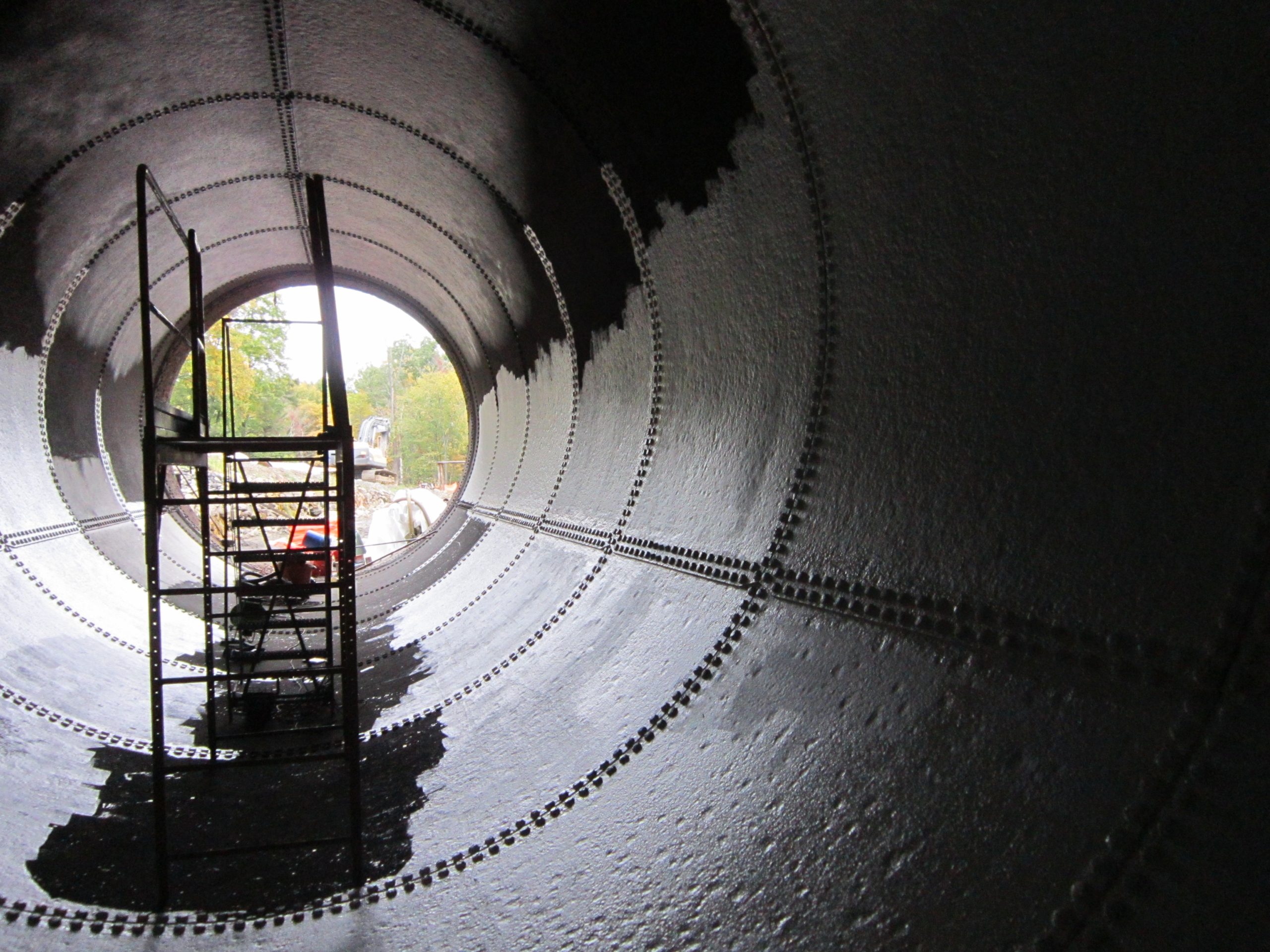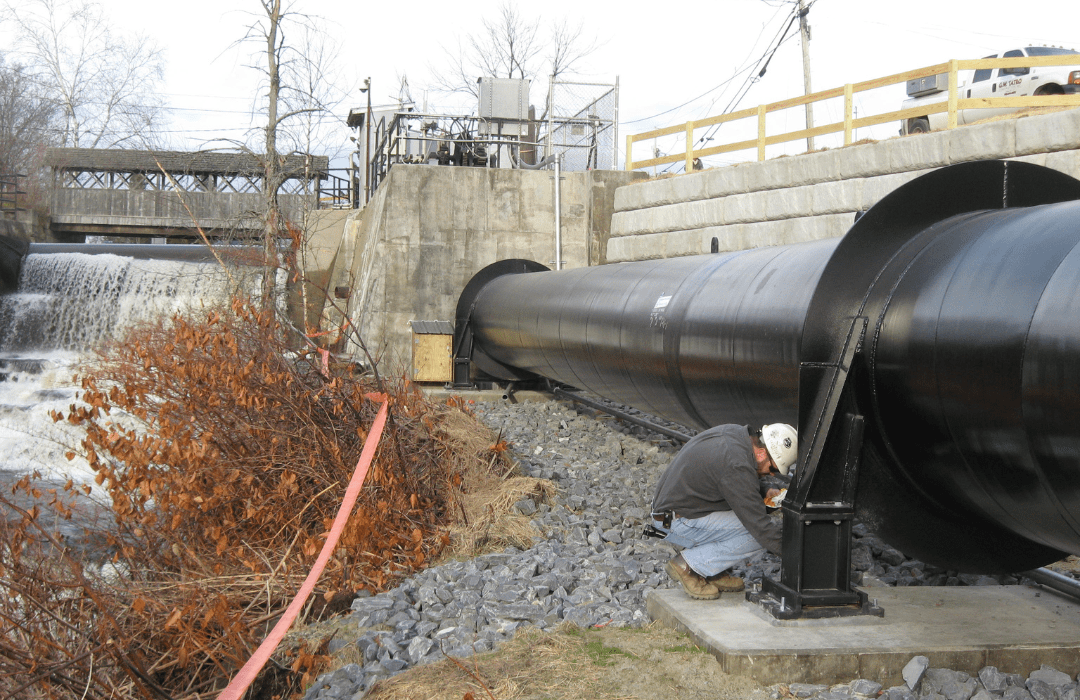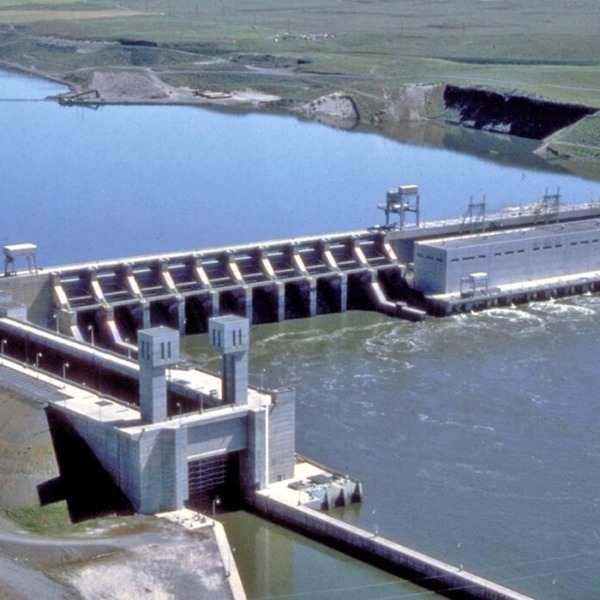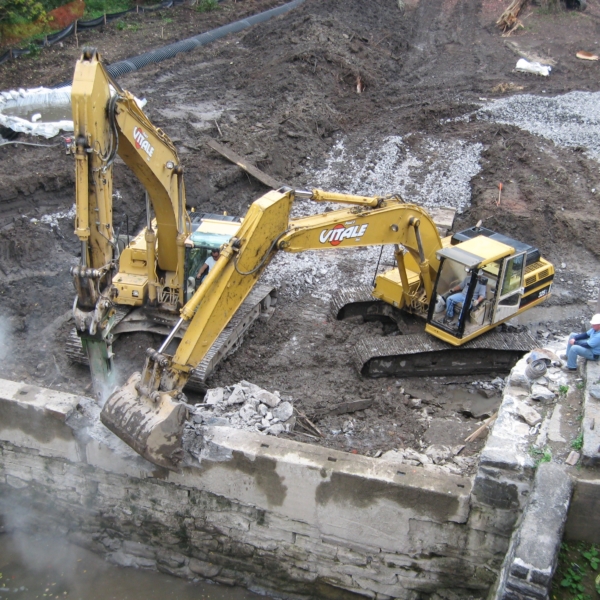Sponsored Content
Every day, you face numerous financial, operational, and safety issues across your hydropower facility. It’s a lot to manage, requiring you to continually assess what issues are most critical to keeping the facility running smoothly—and profitable—today and in the coming years.
So, it is understandable that many facility owners, managers, and engineers underestimate the importance of penstock maintenance, prioritizing it well below more immediate issues. After all, while penstocks are key facility components, they are typically viewed as a constant: unchanging, longstanding structures with no moving parts and low risk of failure.
It is time for priorities to change.
A SLEEPING, AGING GIANT
Many of today’s penstocks were built in the early 1900’s using design methods, materials, and construction techniques far different from those used today. Further, facilities now operate in a manner that has increased the physical pressures imposed on aging penstocks.
For instance, current trends are requiring facilities to increase unit flows and unit stops/starts, and growing environmental impacts are amplifying overall system fatigue. Meanwhile, regular penstock inspections and maintenance are no longer commonplace, often replaced by remote monitoring and unaddressed deterioration.
As a result, more and more facilities are unknowingly at risk of a penstock failure — a potentially catastrophic event with deep financial and operational consequences.
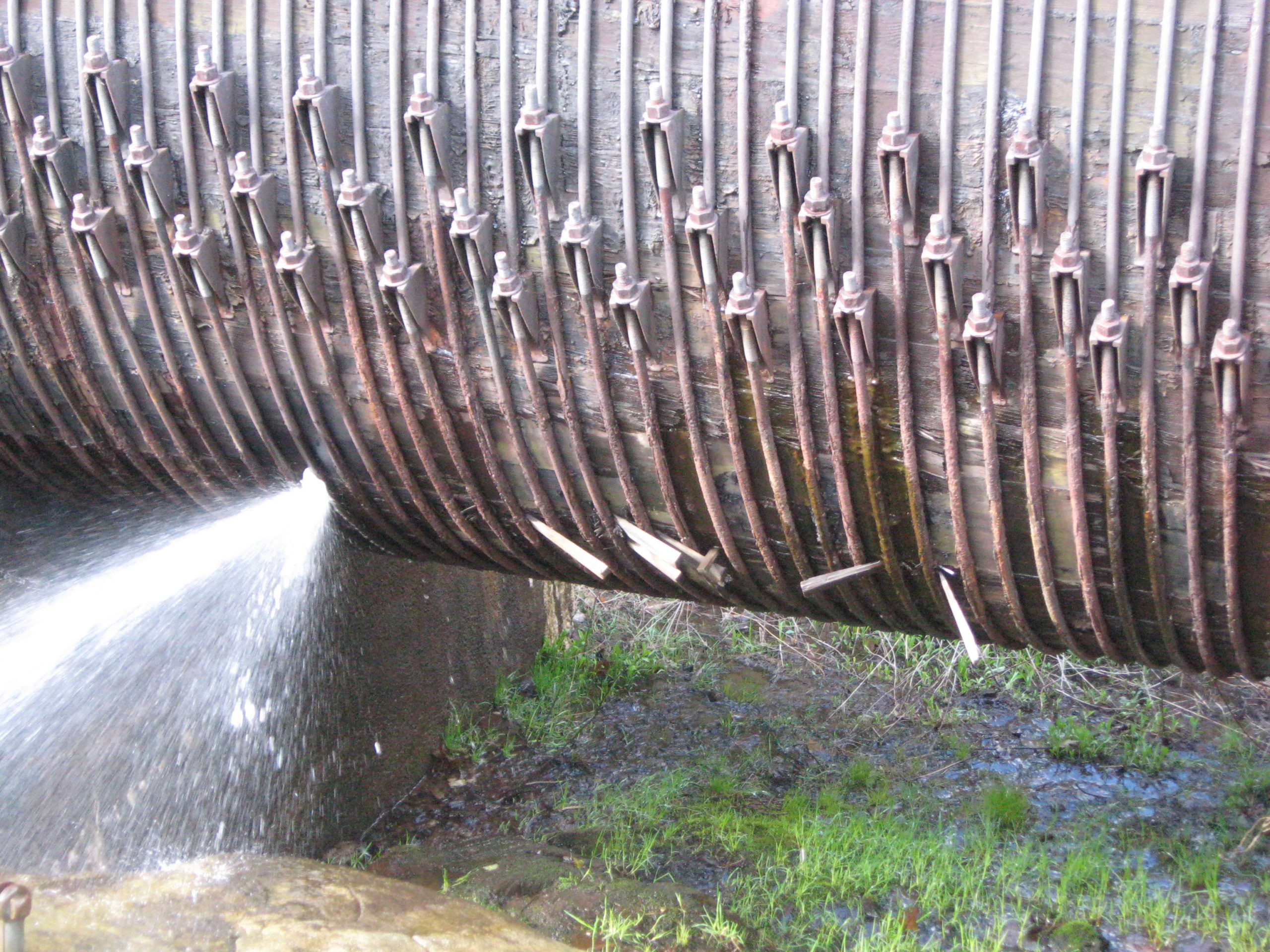
PREVENTING FAILURE: PENSTOCK MAINTENANCE BEST PRACTICES
With the many modes and consequences of penstock failure, combined with the deterioration common at aging penstocks across North America, it is crucial that facilities develop and employ a comprehensive Penstock Safety Program. This process entails:
1. Establishing baseline conditions, including the primary risks and corresponding factors of safety.
2. Creating an inspection, monitoring, and documentation plan to consistently evaluate metrics key to the primary risks.
3. Implementing a documented maintenance and repair program.
4. Confirming the validity of the program and observations via periodic, comprehensive reviews of the penstock’s condition by independent professionals.
As part of your facility’s program, penstocks should undergo exterior visual observations at weekly to monthly intervals, regardless of the structure’s age. These inspections should consist of an operator walking the length of the penstock, even if below grade, to look for changes in conditions or abnormalities while the pipe is pressurized.
Cursory inspections should also be conducted after atypical operations, such as an emergency unit trip, extreme weather event, or seismic event.
In addition to regular external inspections, penstocks should undergo comprehensive inspections by an experienced engineer or qualified nondestructive testing (NDT) firm to determine the penstock’s condition, safety, and risk.
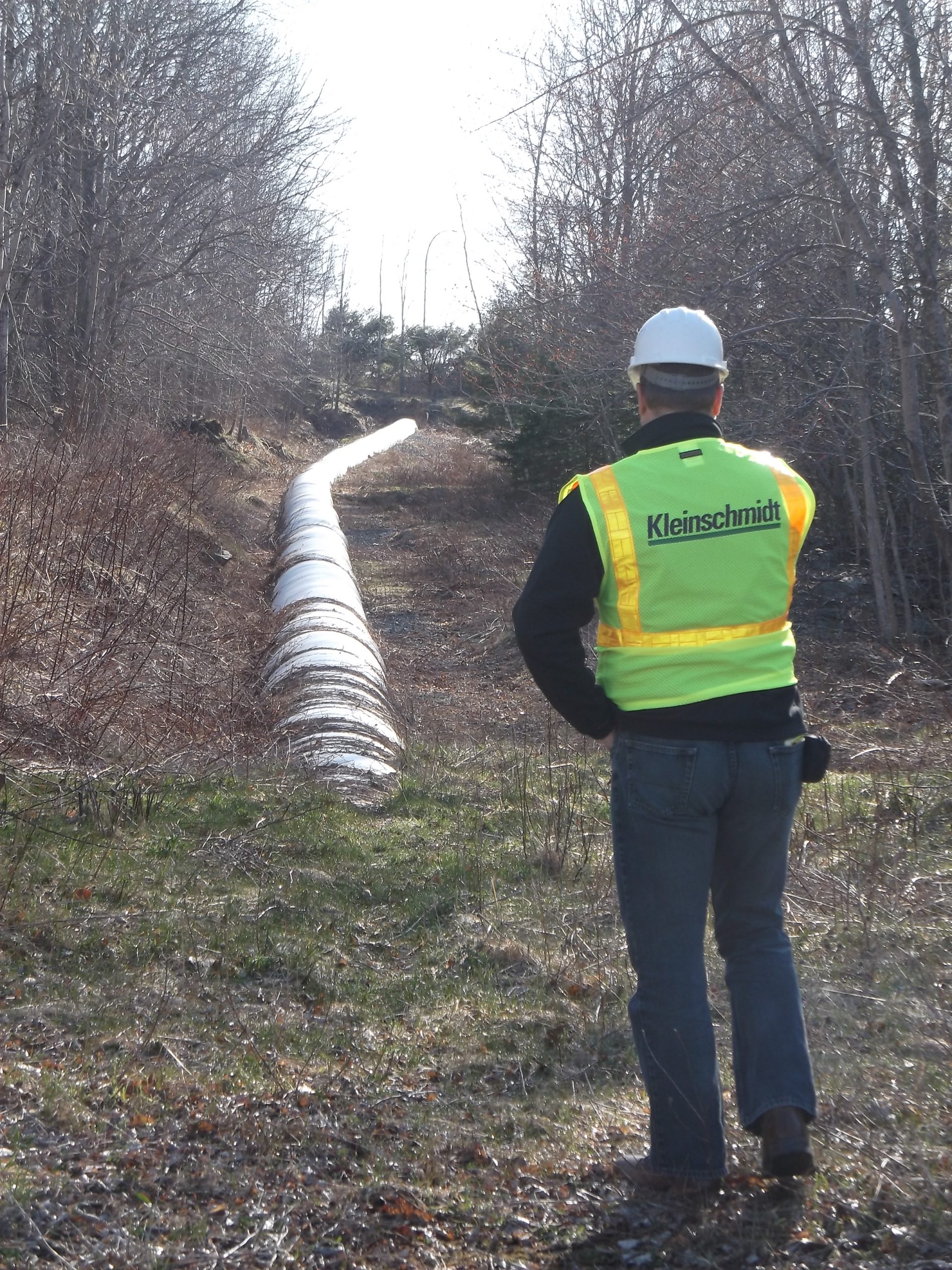
Due to the extent of safety concerns around aging penstocks, the engineers performing the inspection must understand the design basis and actual condition of the penstock. Therefore, the recommendation is that they should have at least 10 years of experience and 10 completed inspections, or as required by your governing agency.
In addition, while the inspection frequency and scope will vary based on factors such as age, material, configuration, risk factors, and history of repairs, at a minimum it should include an up-close visual inspection of the penstock’s interior and exterior. If there is any concern with the results of an NDT inspection, such as noticeable weld deterioration, wall thinning, extensive concrete cracking, or other signs of corrosion, a similarly qualified engineer should review and confirm the results. Then, any deficiencies can be resolved by repair, rehabilitation, or replacement.
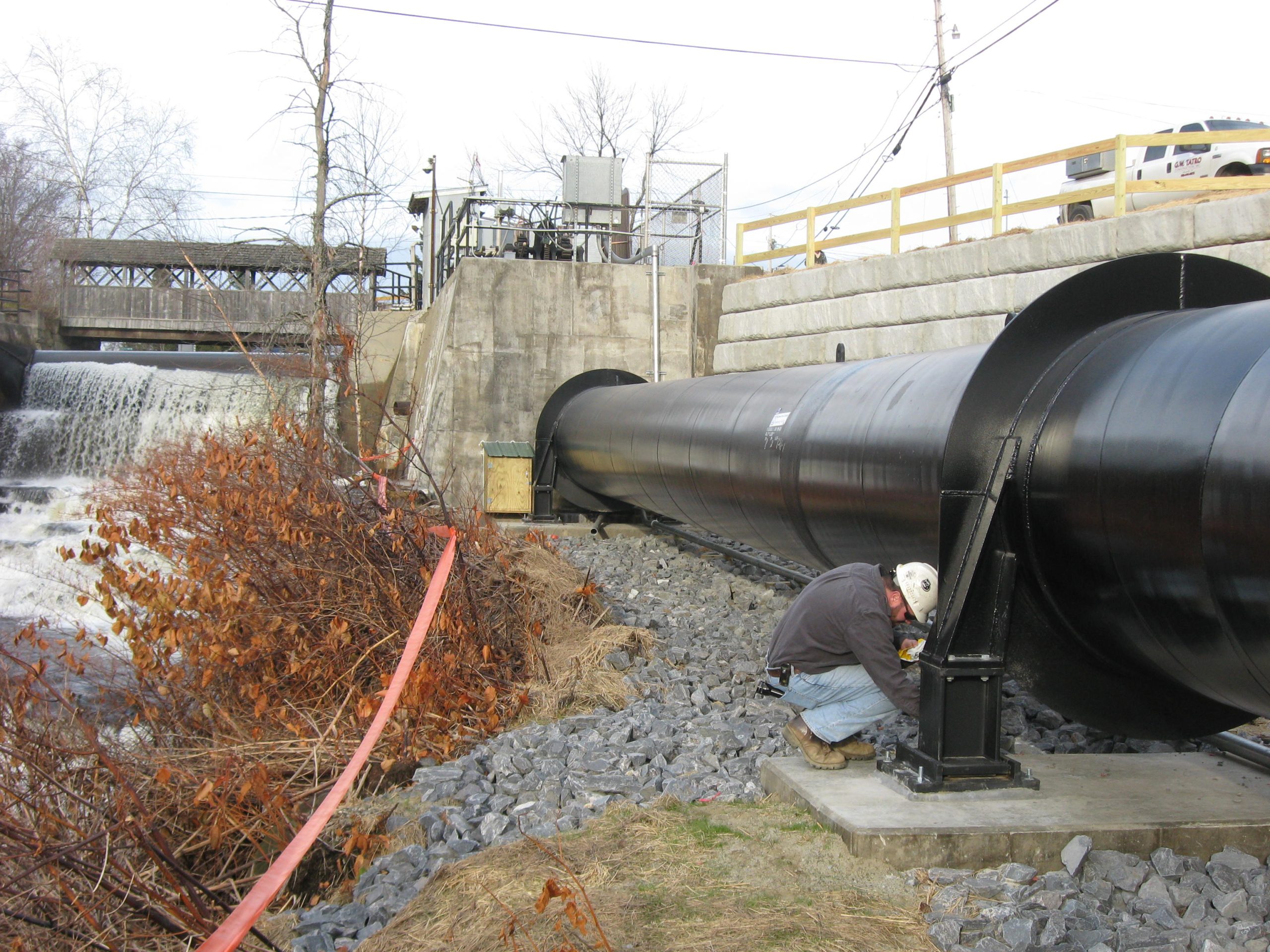
A penstock inspection is only as useful as the professionals who conduct it. Given the wide range of technologies, complexities, and site-specific factors involved in penstock inspections—combined with the potential consequences of inadequate maintenance and design—it is critical to engage the right partner.
Namely, it is essential to identify an inspection and design firm with three key traits:
1. Deep Experience and Senior-Level Expertise Addressing Penstock Issues
2. Various Penstock-Specific Certifications and Industry Thought Leadership
3. Comprehensive, Forward-Thinking Approach to Service
Ask yourself: When was the last time I took stock of my penstock? What potential dangers lurk that have been overlooked or unprioritized? More importantly, what steps can I take now to prevent operational delays, excessive repair costs, or worse?
Instead of falling victim to rapid deterioration or a full-on failure, engage a qualified, experienced partner that specializes in penstock inspection and design services. Perform a detailed inspection, and work with the partner to develop a Penstock Safety Program and Inspection and Safety Plan. Establish monitoring plans and implement recommendations.
Ultimately, navigating the maintenance of a massive, aging penstock can be a challenging task, especially when balancing it with other facility issues and responsibilities. But, with a proactive approach, commitment to inspections, and guidance from a tenured partner, you can save time and frustration while ensuring the safety and reliability of one of your firm’s most essential structures.
Want to learn more? Download our technical paper: “Taking Stock of Your Penstock: The Underrated Importance of Maintaining a Key Facility Structure.”
You can also contact us at solutions@kleinschmidtgroup.com. Our team has evaluated and designed replacements and repairs for a wide range of penstocks, and we have completed more than 100 penstock projects in the past five years involving various locations, materials, and circumstances.
